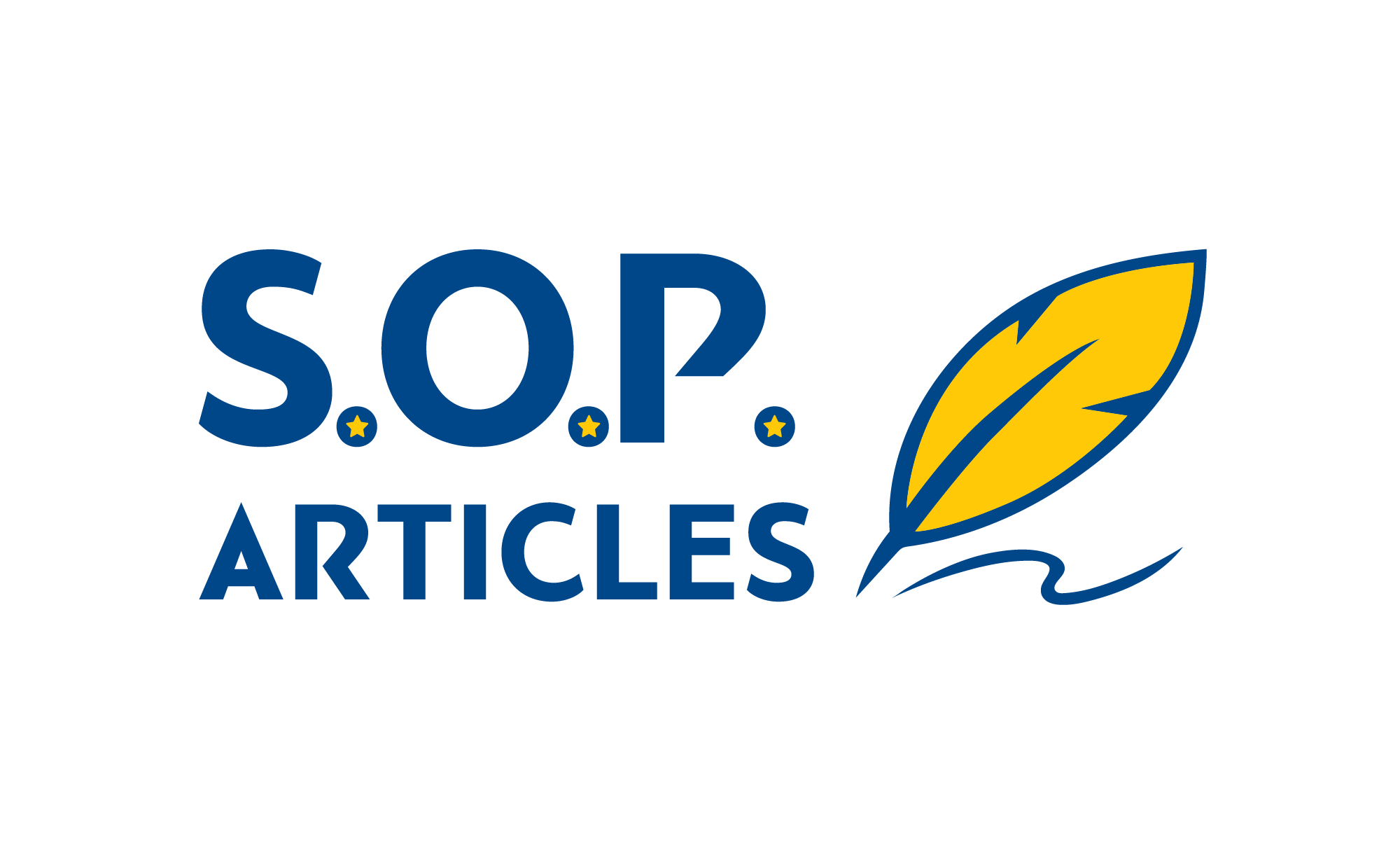Introduction
In the digital age, where technology is advancing at an unprecedented pace, a Master’s in Computer Science can be your passport to a world of exciting opportunities. But before you can embark on this journey, there’s a crucial bridge to cross: Statement of Purpose (SOP). Your SOP for a Master’s in Computer Science is not just a formality; it’s your canvas to paint a compelling narrative of your passion, skills, and aspirations. In this comprehensive guide, we’ll explore the key elements and tips to help you craft a standout SOP that opens the doors to your dream program.
The Purpose of Your SOP
Your SOP serves as your personal introduction to the admissions committee. It’s your chance to go beyond the numbers and transcripts, to show who you are as a person and why you’re the perfect fit for the program. Here’s what your SOP should aim to achieve:
1. Express Your Passion: Begin by articulating your deep-rooted passion for computer science. Share what ignited your interest, whether it was tinkering with computers as a child or a transformative moment during your undergraduate studies. Conveying genuine enthusiasm is crucial.
2. Highlight Your Qualifications: Showcase your academic qualifications, relevant coursework, research projects, and internships. Explain how these experiences have equipped you with the knowledge and skills necessary for success in the Master’s program.
3. Connect the Dots: Draw a clear line from your past experiences to your future aspirations. Explain how the program aligns with your career goals and how it will facilitate your growth as a computer scientist.
4. Reflect Your Fit: Demonstrate that you’ve done your homework. Discuss specific faculty members, research opportunities, or courses that align with your interests. This shows that you’ve carefully considered the program and are genuinely excited about it.
5. Show Soft Skills: Beyond technical expertise, emphasize soft skills such as teamwork, problem-solving, and communication. These skills are highly valued in computer science and can set you apart.
Structure and Content
Now let’s break down the structure and content of your SOP:
- Introduction: Begin with a strong hook that grabs the reader’s attention. Share a brief anecdote, a thought-provoking quote, or a personal experience that relates to your interest in computer science. This introduction should set the tone for the rest of your SOP.
- Academic Background: Detail your academic journey in computer science. Mention your undergraduate major, relevant coursework, and any research projects or theses you’ve undertaken. Discuss any honours, awards, or scholarships you’ve received. Explain how your academic experiences have prepared you for graduate-level studies.
- Research and Work Experience: Highlight your research experience, internships, or industry work related to computer science. Discuss specific projects, your role, and the skills you’ve acquired. Emphasize how these experiences have deepened your passion and contributed to your expertise.
- Why This Program?: This section is critical. Explain why you’re interested in this specific Master’s program in computer science. Mention professors whose work aligns with your interests, specific courses you’re excited about, or unique resources the program offers. Show that you’ve done your research and that you’re not applying to this program arbitrarily.
- Future Goals and Conclusion: Discuss your short-term and long-term career goals. Explain how this Master’s program will help you achieve them. Conclude by summarizing your passion for computer science and your readiness to excel in the program.
- Style and Tone: Maintain a professional, yet engaging tone throughout your SOP. Avoid overly technical jargon that might alienate non-experts. Write with clarity and conciseness, and always proofread for grammar and spelling errors.
- Additional Tips: Be Specific: Provide concrete examples and anecdotes to illustrate your points. Don’t make vague claims; instead, show evidence of your skills and experiences.
- Avoid Clichés: Admissions committees read numerous SOPs, so avoid generic phrases or clichés. Your narrative should stand out as unique and authentic.
- Seek Feedback: After drafting your SOP, seek feedback from professors, mentors, or peers. They can offer valuable insights and help you refine your writing.
- Tailor for Each Program: Customize your SOP for each program you apply to. Mention program-specific details to show your genuine interest.
Conclusion
Your SOP for a Master’s in Computer Science is your chance to shine. It’s your platform to showcase your passion, qualifications, and aspirations. By following the structure, content, and tips outlined in this guide, you’ll be well on your way to crafting a compelling SOP that sets you apart in the competitive world of computer science graduate admissions. Remember, your SOP is not just a document; it’s your story waiting to be told.











